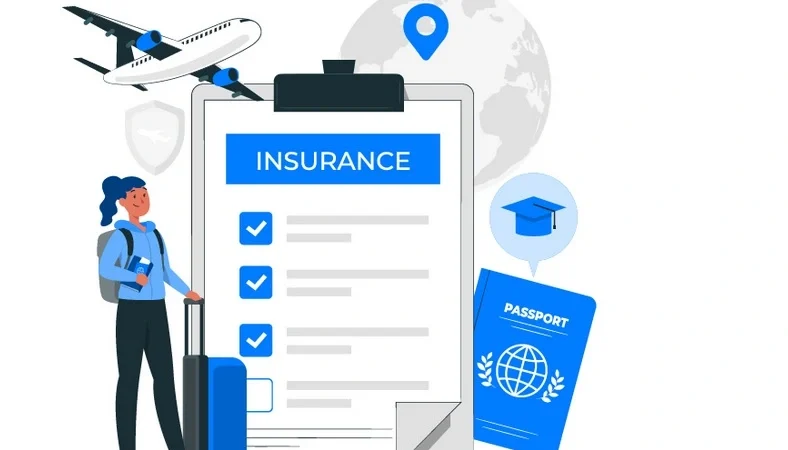Transforming Education through E-Learning
Education is perhaps the most fundamental aspect of a healthy nation. A good school, for instance a CBSE School in Gurgaon, that imparts modern education may be the key to providing an ideal example of an institute equipped with modern facilities while providing quality education as well. In fact, this has become today’s primary need. With schools across the country unable to teach their students effective ways to visualize problems and solve them, E-Learning is becoming one of the major solutions. If the purpose of education is to build a powerful base of individuals who can interact with society effectively and deal with a multitude of problems in various domains, the system needs every tool it can get to make the path clearer.
What is E-Learning?
E-Learning is the process of educating students with the use of modern technological breakthroughs like multimedia, platforms that digitally assess student performance and tune themselves to the varied learning paces of different students, replacement of ‘blackboard lectures’ with more interactive experiences that may involve communicating with students from completely different cultures, and internet-enabled classrooms. While E-Learning can hold different meanings to different institutes, the essence of this practice remains the same throughout.
At this stage, it is very important to spread the E-Learning tools across both large institutions and small rural schools. Technology is the key to the growth of the nation and the development of young minds. The experience that students generally get in a classroom is completely transformed. There is no more passive learning. Students will be expected to actively interact with their digital partners and expand their horizons without any excuses. Boredom will become a thing of the past. The dynamics of self-study or homework will be completely altered by this new paradigm.
How will Education Transform?
The transformation of the education system through E-Learning can be summarized in an effective manner as shown below.
- Relative speeds of learning will be increased. Every student can understand and implement the subject at their own pace. This will eliminate the disparity between students at the top of the class in academics and students at the bottom. With a common platform to measure and assess performance, every student will get a chance to understand subjects in the form they understand best. This can be audio, video, or activities.
- Teachers will gain an invaluable tool to make lectures more interesting and interactive. With the aid of E-Learning, teachers can help their student better understand complicated concepts through visualization.
- The overall quality of education will soar to new heights. With fewer hours spent on mundane textbooks or notebooks, the concepts that can be taught in a single session will increase exponentially.
- Outside the classroom, students will still have access to many E-Learning platforms on the web. This will give them an opportunity to extend classroom learning sessions if they are thoroughly interested in the subject. This ensures that students with extraordinary dedication to learning will continue getting the best learning support.
E-Learning continues to face many financial and social challenges today. Overcoming these barriers and effectively implementing these tools in schools across the country is the key to a new and effective means of education.







